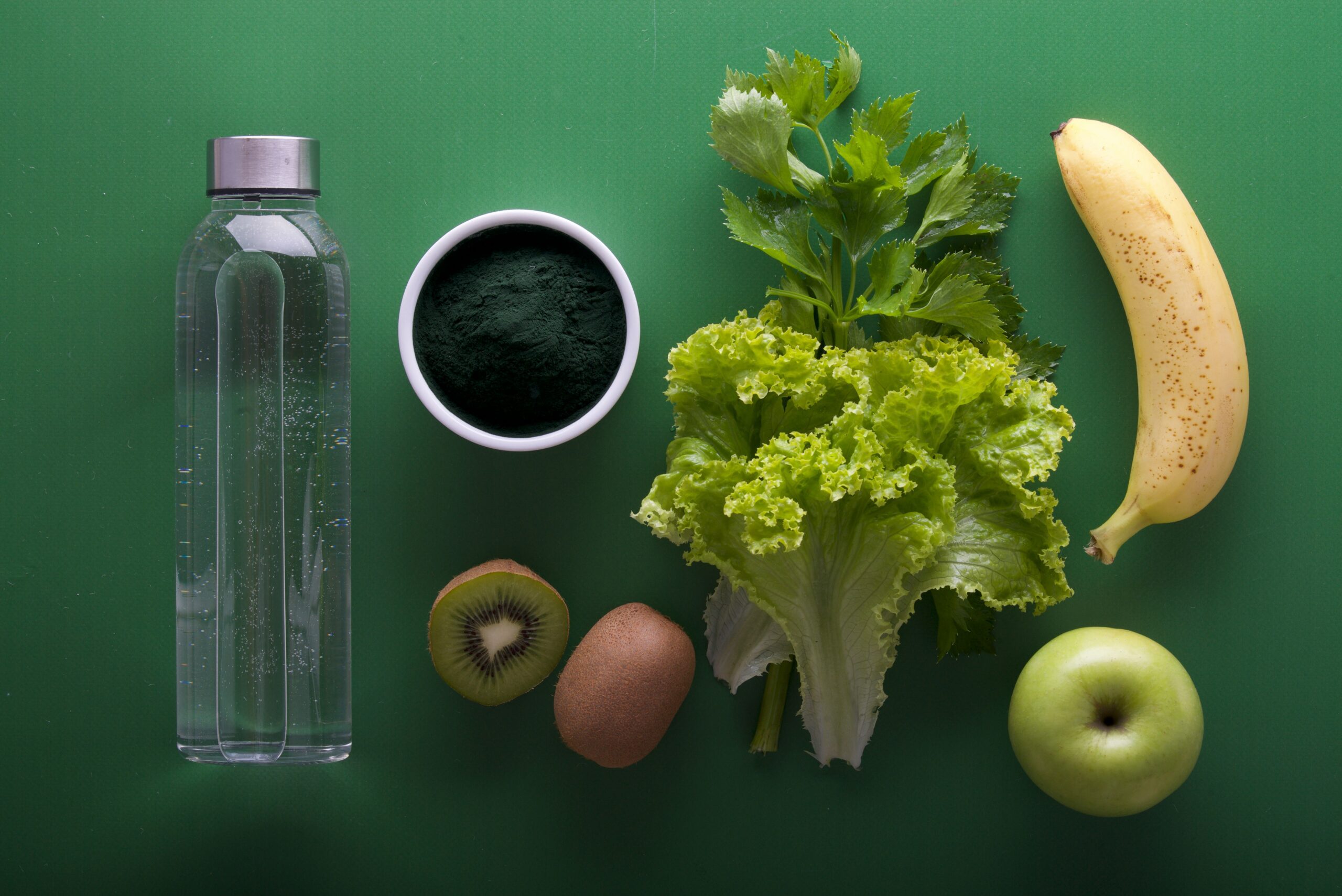

Introduction to Plant-Based Diets
Are you ready to embrace a lifestyle that not only tantalizes your taste buds but also nourishes your body? Plant-based diets are taking the culinary world by storm, and for good reason. Picture vibrant plates filled with fresh fruits, colorful vegetables, hearty grains, and wholesome legumes. Not only do these foods offer incredible flavors and textures, but they come packed with nutrients that can transform your health.
As more people discover the myriad benefits of going green on their plates, it’s clear that plant-based eating is more than just a trend—it’s a powerful way to enhance well-being. Whether you’re curious about making small changes or considering a complete overhaul of your diet, there’s something here for everyone. Join us as we delve into the fascinating world of plant-based diets and uncover how embracing this lifestyle can lead to improved health and vitality.
The Health Benefits of a Plant-Based Diet
A plant-based diet is more than just a trend; it’s a route to vibrant health. Embracing fruits, vegetables, legumes, and whole grains can lead to significant improvements in overall well-being.
Research shows that these diets can lower the risk of chronic diseases. Heart disease rates drop when saturated fats are replaced with healthy plant options.
Weight management becomes easier as fiber-rich foods keep you fuller for longer while naturally reducing calorie intake. This shift also supports digestive health.
Plant-based eating may bolster your immune system too. Nutrients found in colorful veggies and fruits help fight inflammation and strengthen defenses against illness.
Moreover, incorporating diverse plants enhances mental clarity and mood stability. The connection between nutrition and brain health is becoming clearer by the day, making this dietary choice even more appealing for holistic wellness enthusiasts.
Types of Plant-Based Diets
There are several types of plant-based diets, each catering to different preferences and lifestyles.
The vegetarian diet excludes meat, fish, and poultry but allows dairy products and eggs. This approach is popular for its simplicity while still providing variety.
Vegans take it a step further by eliminating all animal products. Their meals consist solely of fruits, vegetables, grains, nuts, and seeds. This choice often aligns with ethical beliefs around animal rights.
Flexitarians enjoy a mostly vegetarian diet but occasionally incorporate meat or fish. It offers the benefits of plants without strict restrictions.
Whole-food plant-based diets focus on unprocessed foods rich in nutrients. Think whole grains, legumes, fresh produce—foods that nourish without added sugars or unhealthy fats.
Each type has unique merits depending on individual goals and values. Embracing any form can lead to positive changes in health and well-being.
How to Get Started with a Plant-Based Diet
Starting a plant-based diet can feel overwhelming, but it doesn’t have to be. Begin by incorporating more fruits and vegetables into your meals. Aim for variety in colors and textures to keep things interesting.
Next, experiment with whole grains like quinoa, brown rice, or farro. These not only add nutrients but also provide hearty bases for your dishes.
Don’t forget about legumes! Beans, lentils, and chickpeas are fantastic protein sources that can easily replace meat in many recipes.
Plan your meals ahead of time to avoid the temptation of quick non-plant options. This helps you stay focused on your new lifestyle choice.
Consider joining online communities or local groups dedicated to plant-based living. Sharing experiences and tips with others can make the transition smoother and more enjoyable as you navigate this exciting journey.
Tips for Maintaining a Balanced Plant-Based Diet
To maintain a balanced plant-based diet, variety is key. Explore different fruits, vegetables, whole grains, and legumes to keep meals exciting and nutritious.
Don’t forget about protein sources. Incorporate beans, lentils, tofu, or tempeh into your dishes. These foods not only add flavor but also provide essential amino acids.
Pay attention to micronutrients as well. Ensure you’re getting enough Vitamin B12 and omega-3 fatty acids by considering fortified foods or supplements if necessary.
Planning meals ahead can help you stay on track. Create a weekly menu that includes diverse ingredients to ensure you’re meeting all your dietary needs while avoiding monotony.
Listen to your body. It’s important to recognize how different foods make you feel so that you can adjust accordingly for optimal health and energy levels throughout the day.
Conclusion: Making the Switch to a Plant-Based Lifestyle
Making the switch to a plant-based lifestyle opens up a world of vibrant foods and health benefits. It’s not just about what you eliminate from your diet; it’s about embracing an abundance of fruits, vegetables, whole grains, nuts, and seeds. This shift can lead to improved energy levels, better digestion, and even enhanced mood.
Transitioning doesn’t have to happen overnight. Start by incorporating more plant-based meals into your weekly routine. Explore new recipes and experiment with different flavors. You might discover that cooking with plants is not only healthy but also incredibly enjoyable.
As you embark on this journey, remember that balance is key. Listen to your body and be mindful of nutrients like protein, iron, calcium, and vitamins B12 and D which are essential in any diet. There are plenty of resources available—cookbooks, online communities—that can support you along the way.
Choosing a plant-based lifestyle is a personal decision that offers numerous advantages for both your health and the environment. Every small change contributes to a larger impact on your well-being and our planet’s future. Embrace this exciting path toward nourishment while enjoying every bite along the way.
